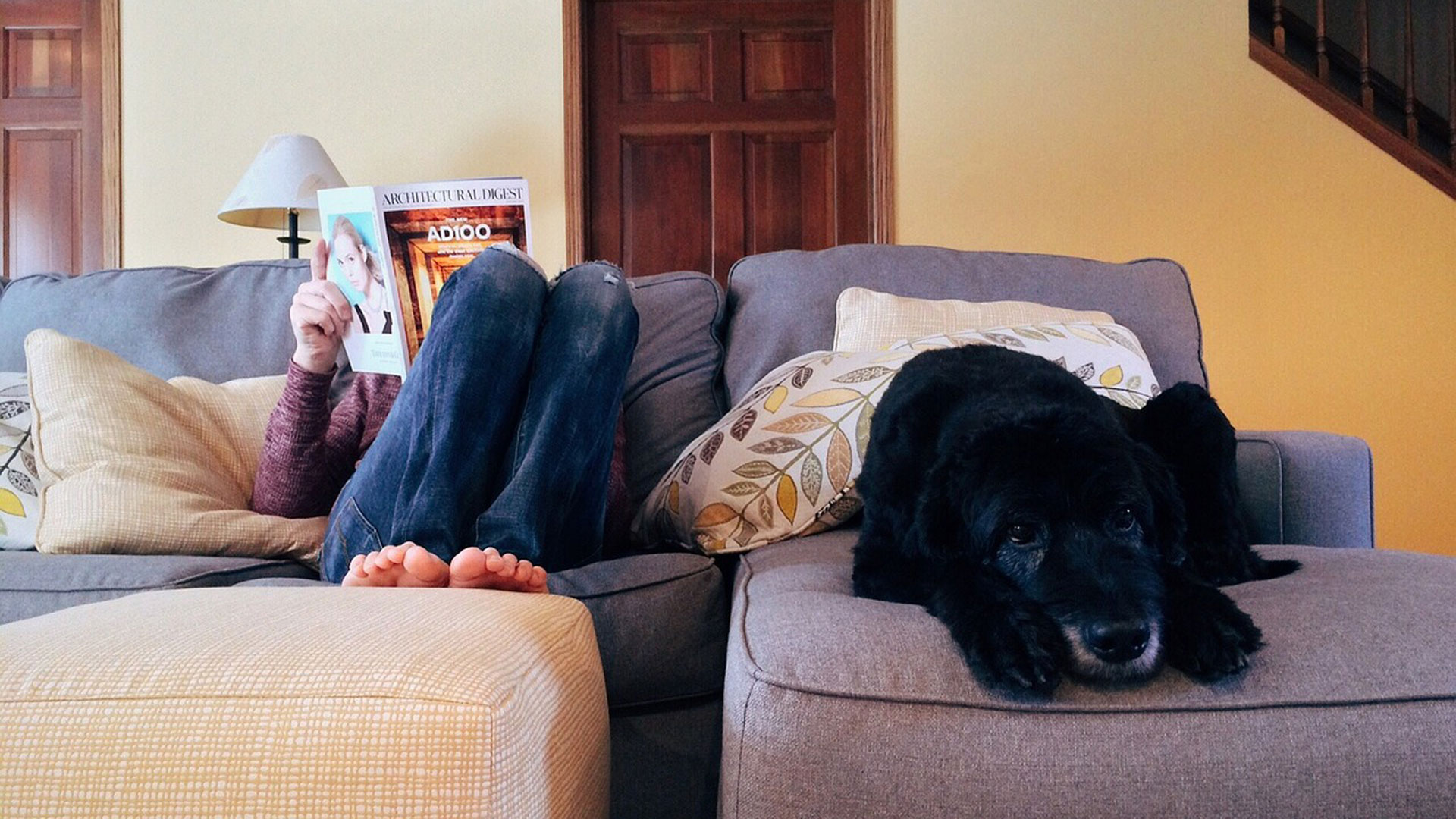Welcoming a pet into your home is both exciting and rewarding, but it also requires careful planning to ensure your space is safe, comfortable, and enjoyable for your furry friend. Creating a pet-friendly home doesn’t just mean accommodating your pet’s needs but also balancing those needs with a practical and stylish living environment. Here are some essential tips to help you design a space that works for both you and your pet.
1. Choose Pet-Friendly Flooring
One of the first things to consider when designing a pet-friendly home is the flooring. Pets, especially dogs and cats, can be tough on floors with their claws, fur, and occasional accidents. Hardwood floors, while beautiful, can easily get scratched. Instead, consider more durable options like tile, vinyl, or laminate, which are resistant to scratches and easier to clean. If you prefer the look of hardwood, opt for engineered wood, which tends to be more scratch-resistant. Area rugs or carpets with stain-resistant materials can also help protect high-traffic areas.
2. Designate a Pet Zone
Having a dedicated space for your pet is key to keeping your home organized. Designate an area for your pet’s food, water, and toys, ideally in a corner that’s easy to clean. You can also create a cozy sleeping spot with a pet bed or a blanket where your pet can rest comfortably. If you have a larger home, consider creating a play area or even a “pet room” where your furry friend can relax and play with their toys.
3. Select Pet-Friendly Furniture and Fabrics
When choosing furniture, opt for pet-friendly materials that can withstand daily wear and tear. Leather is a popular choice because it’s durable and easy to clean, but microfiber is also a great option since it’s resistant to pet hair and scratches. Avoid delicate fabrics like silk or velvet, which can easily get damaged. When it comes to color, darker shades or patterned fabrics are better at hiding pet hair and stains, making them a practical choice for pet owners.
4. Install Pet-Friendly Window Treatments
Pets, especially cats, love to look out the window, but traditional blinds and curtains can be a hazard. Cats may be tempted to climb on them, and dogs might tug at them. Opt for pet-friendly window treatments like roller shades or vertical blinds, which are less likely to get tangled or damaged by curious paws. Consider motorized or cordless options to keep cords out of reach.
5. Provide Plenty of Storage
Pets come with lots of gear—food, toys, grooming supplies, and more. Having ample storage solutions is crucial to keeping your home tidy. Use bins or baskets to store toys and supplies in an organized manner. Consider furniture with built-in storage, like ottomans or benches with compartments, to keep pet items out of sight when not in use. This will help prevent clutter while still keeping everything accessible.
6. Set Up Pet Gates or Barriers
If there are areas in your home where you don’t want your pet to roam freely, consider setting up pet gates or barriers. Modern pet gates are designed to blend with your décor and can be placed at the entrance of rooms or staircases to restrict access. This is especially useful for keeping pets out of the kitchen or other hazardous areas when you’re not home.
7. Use Non-Toxic and Pet-Safe Materials
When selecting cleaning supplies, plants, and home décor items, always ensure they are pet-safe. Many household plants, for example, can be toxic to cats and dogs if ingested. Opt for non-toxic plants like spider plants, Boston ferns, or bamboo. Likewise, use pet-safe cleaning products, especially on floors and surfaces your pet frequently comes in contact with. Always check labels to ensure products don’t contain harmful chemicals.
8. Ensure Proper Ventilation and Air Quality
Pets can contribute to allergens and odors in the home, so maintaining good air quality is essential. Consider investing in an air purifier to help reduce pet dander, allergens, and odors, especially if someone in your household has allergies. Regularly changing your HVAC filters and ensuring good ventilation will also help keep the air fresh and clean.
9. Create a Safe Outdoor Space
If you have a yard, make sure it’s secure and safe for your pet to roam and play. Install a sturdy fence to prevent your dog from wandering off and ensure that any plants or garden products you use are pet-safe. Consider creating a designated pet-friendly zone in your yard with soft grass or mulch where your dog can run freely. If you have a cat, an enclosed outdoor “catio” or balcony area can allow them to enjoy fresh air safely.
10. Pet-Proof Your Home
Just as you would baby-proof a home for a toddler, pet-proofing is essential for keeping your furry friends safe. Remove or secure hazardous items, such as electrical cords, sharp objects, and small items that could be swallowed. Lock away any cleaning supplies, medications, or other substances that could harm your pet. Always check for gaps in furniture where pets might get stuck or areas where they could accidentally hurt themselves.
Conclusion
Creating a pet-friendly home is about striking a balance between comfort, safety, and style. By making thoughtful choices about furniture, flooring, and décor, you can ensure your space is both functional and welcoming for your furry family members. With a few adjustments, you’ll create an environment where both you and your pets can thrive!




